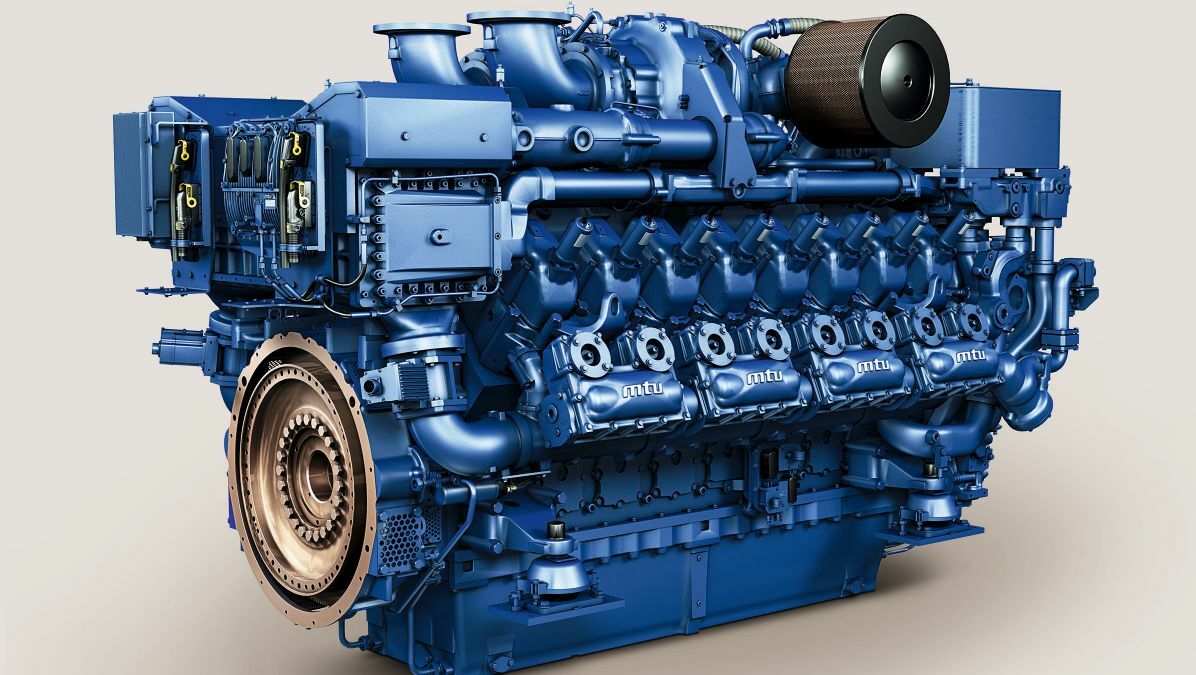The Pursuit for Ultimate Driving Power: Checking Out the Pinnacle of Engine Efficiency and Technological Breakthroughs in the Automotive Market
In the realm of auto engineering, the quest of maximum driving power has been an unrelenting mission that has unravelled through the development of engine style and the integration of innovative technologies. From the meticulous craftsmanship of combustion engines to the rapid innovations in electric propulsion systems, the automotive sector stands at the cusp of a new era identified by unprecedented performance capabilities. As designers and researchers dig deeper into the worlds of computational liquid dynamics and explore cutting-edge gas technologies, the horizon of opportunities broadens greatly. Remain tuned as we unwind the intricate tapestry of technological advancements that are shaping the future of vehicle power and efficiency.
Evolution of Engine Design

Additionally, the assimilation of turbocharging and turbo charging technologies has actually changed engine design by improving power without significantly enhancing engine dimension. These forced induction systems press the consumption air, allowing for even more fuel to be ignited, thus producing better power result from a smaller engine. This development has been especially critical in enhancing the performance of smaller displacement engines while preserving fuel effectiveness requirements.

Performance-Enhancing Fuel Technologies
The implementation of innovative fuel innovations has actually considerably added to enhancing engine performance in modern-day vehicles. Biofuels, acquired from eco-friendly sources like sugarcane, corn, or algae, deal reduced discharges and improved engine performance. In addition, fuel additives and detergents are being created to tidy engine components, optimize combustion, and minimize friction, consequently enhancing overall car efficiency.
Innovations in Electric Propulsion
Significant strides in electric propulsion technology have transformed the vehicle sector, leading the way for a brand-new period of lasting and reliable transport. Electric vehicles (EVs) are gaining popularity due to their environmental benefits and advancements in battery technology, enabling longer driving ranges and shorter charging times. Manufacturers are investing greatly in r & d to boost the efficiency of electrical propulsion systems, concentrating on raising power result, boosting energy effectiveness, and minimizing general weight.
One significant advancement in electric propulsion is the development of advanced electrical motors that supply greater torque and power density, leading to improved velocity and general driving performance. Furthermore, regenerative braking systems have been refined to save and catch energy throughout deceleration, more improving the effectiveness of EVs.
Moreover, the assimilation of smart modern technologies, such as expert system and anticipating analytics, is enhancing the monitoring of electric propulsion systems, ensuring ideal performance under different driving problems. These improvements in electric propulsion are improving the automotive landscape, driving the sector towards a more lasting and electrified future.
Effect of Computational Fluid Dynamics
With innovations in electric propulsion pressing the boundaries of vehicle technology, the combination of Computational Liquid Dynamics is playing an essential duty in optimizing wind resistant efficiency and enhancing general effectiveness in lorry design. Computational Fluid Dynamics (CFD) entails the use of computer simulations to examine the circulation of air around an automobile, making it possible for designers to predict exactly how design adjustments will certainly influence aerodynamics without the demand for costly physical prototypes. By properly modeling air movement patterns, CFD allows for the refinement of automobile forms to reduce drag, improve cooling, and improve security.
CFD enables designers to maximize air flow around components such as radiators, engine bays, and wheel wells, adding to boosted performance and overall driving experience. In verdict, the combination of Computational Fluid Characteristics stands for a considerable action ahead in the quest for best driving power and efficiency in the automotive market.
Future Trends in Engine Innovation
In the vibrant landscape of automotive design, innovative improvements are shaping the future trajectory of engine technology. The future of engine style is noted by a strong focus on sustainability, efficiency, and efficiency. Manufacturers are progressively concentrating on establishing engines that not only provide high power results however additionally prioritize ecological responsibility by boosting and minimizing the original source exhausts fuel performance.
One popular fad their explanation in engine development is the surge of electrification. Hybrid and electric powertrains are obtaining traction as feasible choices to traditional burning engines. These modern technologies provide the possibility for significant reductions in carbon discharges and raised energy effectiveness, straightening with global efforts to deal with environment change.
Additionally, improvements in products scientific research and manufacturing methods are allowing the manufacturing of lighter and more long lasting engine parts. This shift towards light-weight products such as carbon fiber and light weight aluminum alloys adds to enhanced efficiency and gas economic situation.
Verdict
To conclude, the pursuit of ultimate driving power in the automobile industry remains to drive developments in engine style, fuel technologies, electrical propulsion, and computational liquid dynamics. The evolution of these innovations is shaping the future of engine development, leading the way for more effective and effective automobiles (engines for africa). As the market remains to push the borders of what is feasible, we can expect to see a lot more innovative developments in the quest for peak efficiency
One of the vital turning points in engine style evolution is the transition from typical carbureted engines to modern-day fuel-injected systems. By exactly metering the fuel distribution to each cyndrical tube, fuel-injected engines enhance combustion, resulting in far better performance and reduced ecological effect.
Additionally, the integration of turbocharging and turbo charging innovations has changed engine style over here by boosting power without dramatically boosting engine size (engines for africa).The execution of advanced gas innovations has dramatically contributed to boosting engine performance in modern-day cars. Additionally, gas ingredients and cleaning agents are being formulated to tidy engine components, maximize combustion, and lower friction, therefore increasing total car efficiency